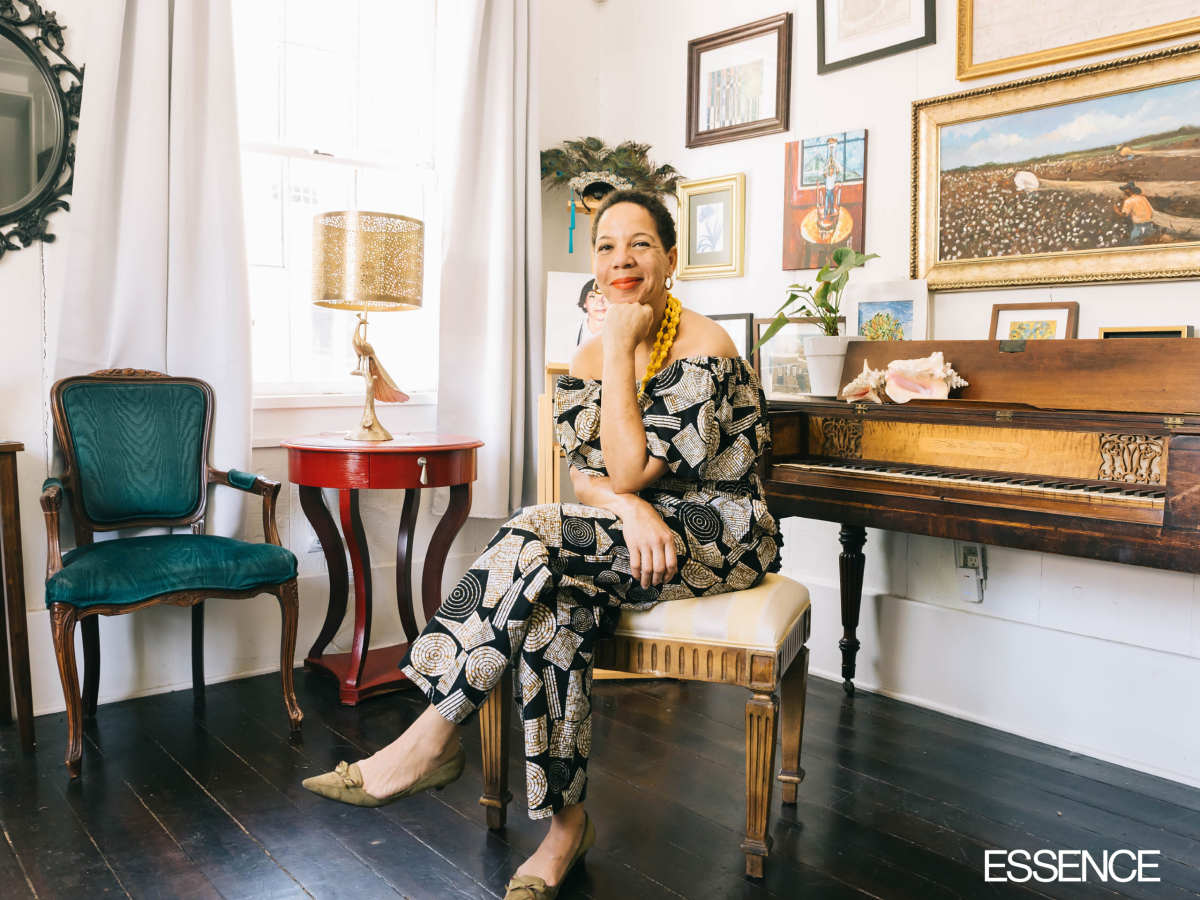
This story originally appeared in the July/August 2024 issue of ESSENCE magazine
New Orleans reminds restaurateur Nina Compton of cities in Saint Lucia. It’s fascinating and culturally diverse, with a rich, quivering history that is seen and felt in the spaces, places and people who’ve inhabited the lush delta landscape since the 18th century. In the beginning, New Orleans was part of the French colonial empire, its culture inextricably linked to French-speaking Caribbean nations.
Compton was born and bred in Saint Lucia. This Eastern Caribbean island, known for its stunning black-sand beaches and twin volcanic mountains ascending out of the sea, is a former French colony. The parallels are everywhere. Colorful homes line the streets of NOLA’s neighborhoods, as they do in the lush hill towns of Saint Lucia. The city’s subtropical climate features sunny summers and mild winters—Saint Lucia’s weather is similarly pleasant year-round. And the food? A delicious reflection of two very complex cultures, in both locales there is a melding of techniques and ingredients from African, French and Indigenous settlers.
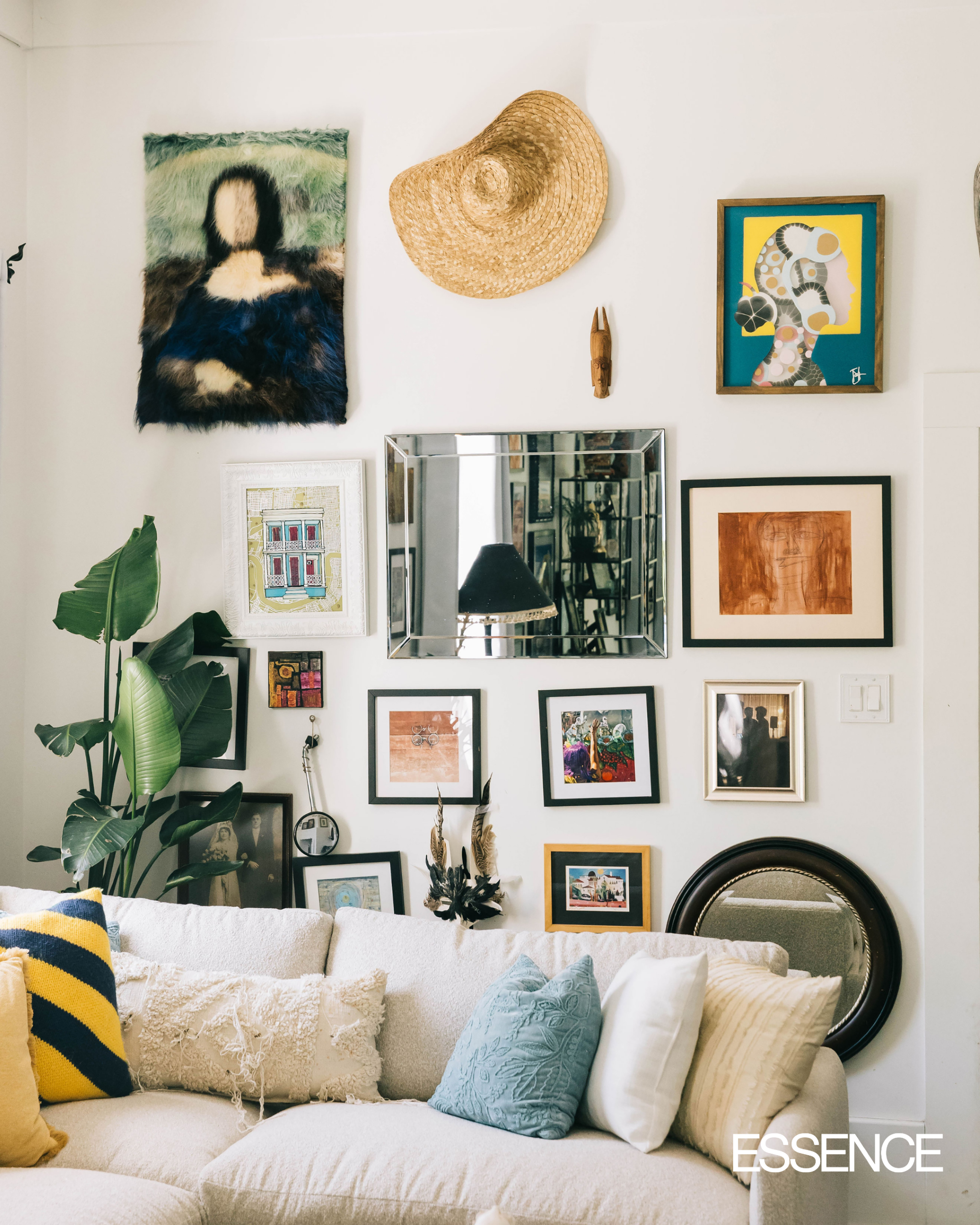
But perhaps the most evident connection is a sense of individuality that’s preserved in the pockets of patois spoken across both the island and the bayou—the French Creole dialect is still alive and doing very well. “People say New Orleans is the northernmost point of the Caribbean,” Compton tells me, on a call from her Bywater district Creole cottage. “I put my stamp on that,” she continues, in her melodic Saint Lucian twang. “The beautiful thing about New Orleans is that you can come as you are. You don’t have to dress up or down. Come as you are and you’ll be accepted.”
When the James Beard Award-winning culinary artist and Bravo Top Chef Season 11 runner-up left Miami for the Upper Ninth Ward in 2015, she was welcomed—along with her husband and business partner, Larry Miller—with open arms. “We thought we would live in the Garden District or on St. Charles Avenue but ended up really falling in love with Bywater,” she says, emphatically, of her eclectic ‘hood. Bywater is colored by art studios and interactive musical houses, which are gardens that also operate as performance spaces. “It’s one of those areas that people really don’t pay attention to. It’s mostly locals there, not many tourists. There’s such a beautiful energy in Bywater. We honestly couldn’t imagine living anywhere else.”
Bywater American Bistro (BAB), a casual neighborhood joint imbued with the neighborhood’s charm, is the second restaurant Compton opened in the city. Compère Lapin is her first. Located just a few miles southwest of BAB, in the Warehouse Arts District, the celebrated eatery has a playful menu that combines the indigenous ingredients of the Gulf with the cuisine of Compton’s Saint Lucian beginnings. It’s the best of both worlds.
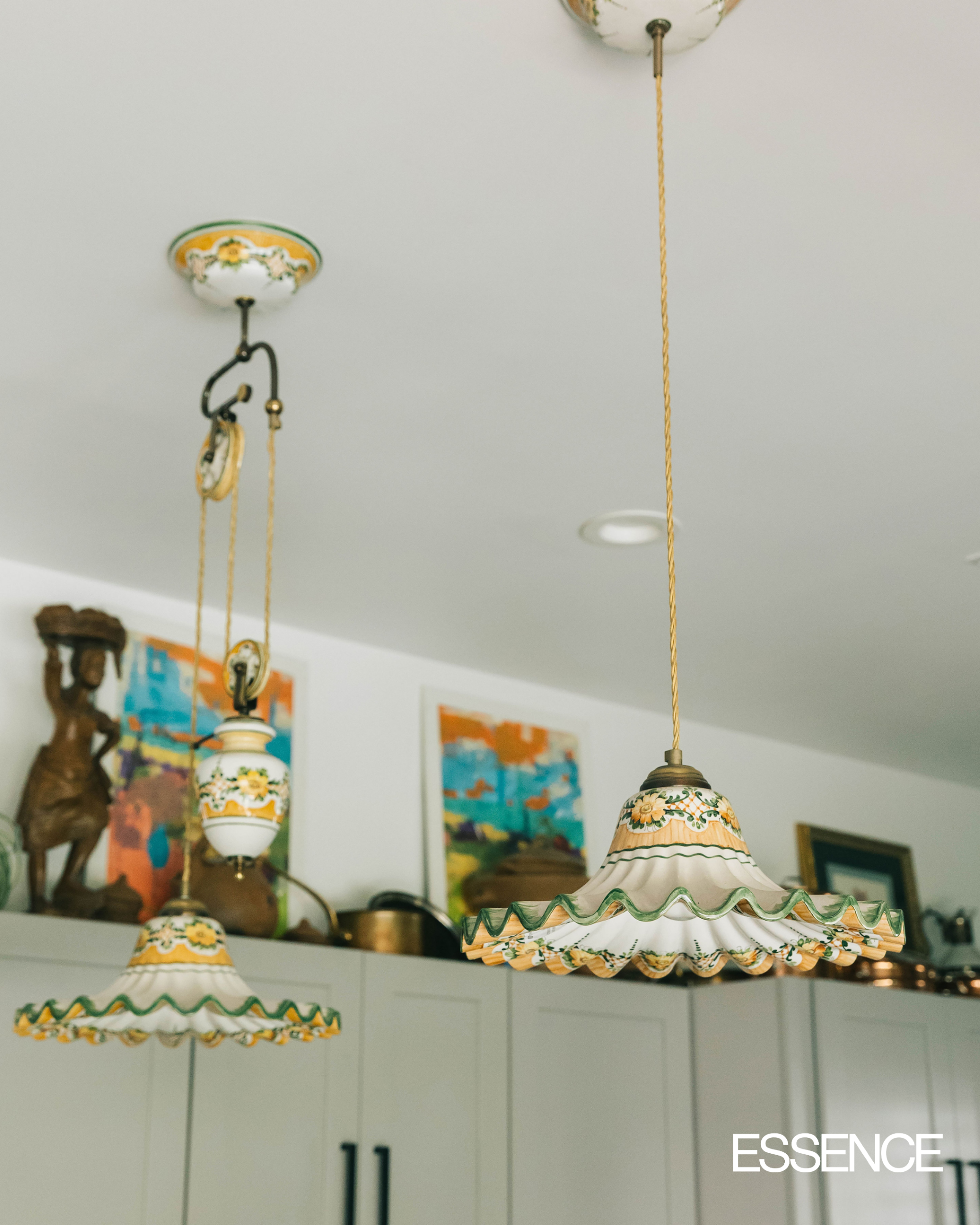
She’s also faithful to the local community. She and her husband are involved in several local charities—including Son of a Saint, a nonprofit that provides mentorship, education and emotional support to hundreds of fatherless young men in the city. But it makes sense that she often finds the greatest sense of community with the individuals who walk into her restaurants.
“I travel quite a bit, but when I return to my restaurants, it feels like home,” she says. “These are the people I spend the most time with.” Her actual residence, an unassuming 3,000-square-foot abode with Spanish Cedar shutters painted French Navy, is her sacred space. Structures of this style originated in West Africa and were later introduced to Haiti, eventually making their way to New Orleans through refugees, immigrants and enslaved Africans. Historically, the long, narrow floor plan is a single room wide and a few rooms deep.
“I think people don’t realize that houses in NOLA are very deceiving,” she says. When she and Miller visited the cottage for the first time, it appeared very small from the outside—but once you walk through the front door and travel down the entryway, the expanse of the space becomes obvious.
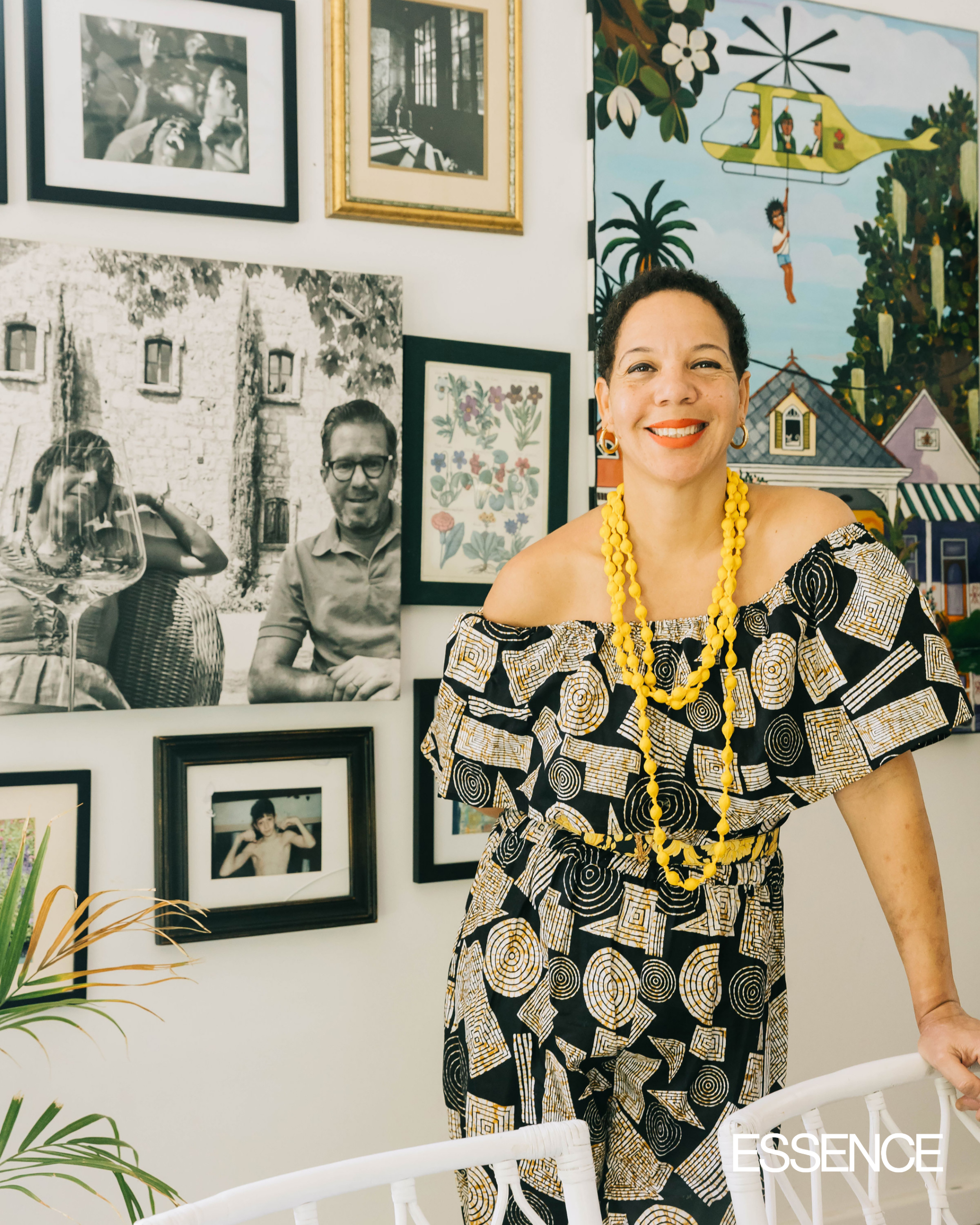
Along the way, countless framed pieces by local artists cover the walls. His-and-hers bikes are parked in one corner, amid fresh flowers and potted plants. A wooden easel by the window holds a portrait of Compton by Sean Randall. Taking pride of place in the kitchen is an art portrait of the city’s culinary queen, the late Leah Chase, that’s “very close to my heart,” Compton says. And then there’s the piano, a unique antique find that her husband acquired from an auction house. “It’s really special and fun. When you walk in, it’s like, Wow, what else is there to see?” Plenty. The art continues, and for Compton and Miller, all the pieces have a purpose.
“I don’t want my home to be picture-perfect and minimalist—that doesn’t feel warm and inviting to me,” Compton says of the artwork and images on display around her abode. “I want to look at the paintings and be reminded of my dad or my grandmother or my dog. To be surrounded by that is very important.”
In the living room, three Ghanaian masks—treasured gifts from a dear friend—sit above the doorway. Whimsical chairs and tables in complimentary colors, textures, heights and shapes border the pathway that leads to the dining area. In this space, rows of books and quirky keepsakes line one wall; and across the room, against the other wall, is the couple’s treasured bunny shelf. Traditional Caribbean and Creole folktales feature a mischievous rabbit named Compère Lapin—and so, since the chef opened Compère Lapin in 2015, the rabbits have been pouring in. “They’re an homage to the restaurant,” she explains. “We have quite a few that are very meaningful to us.”
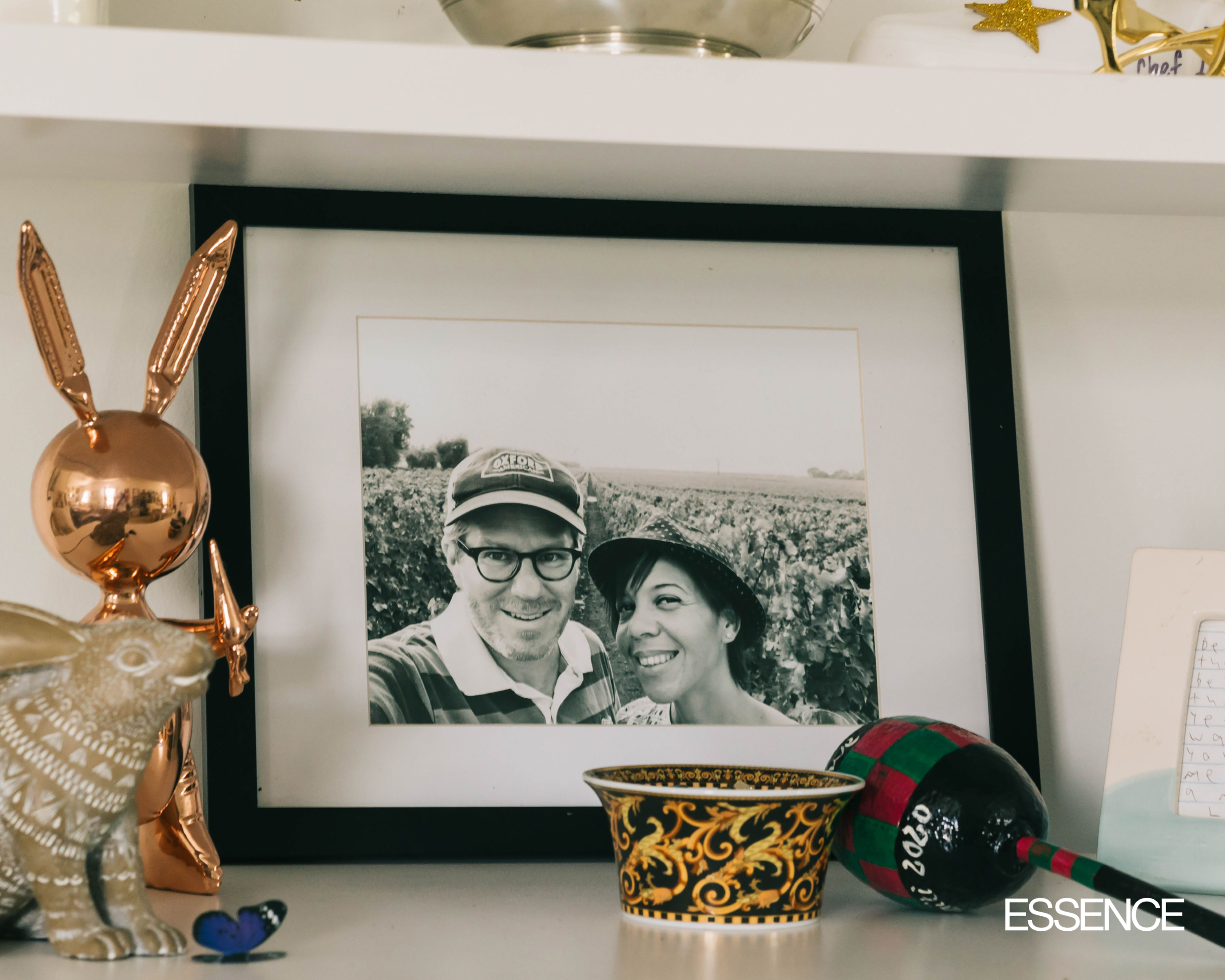
When Compton has a day off, rarely does she leave her cottage home. She loves spending time with her dogs, Hank and Buster, and chilling in her backyard. “My treat when I wake up in the morning is to make a cup of coffee, read The New York Times and ease into my day,” she says. “I like to listen to the birds and watch Hank and Buster run around.”
Back when she was growing up in Saint Lucia, her family spent ample time outdoors, and often that time was centered around meals. “We’d have breakfast outside, lunch outside, or a meal as the sun was setting,” she reflects. “The kitchen was always busy, but the veranda was even busier.”
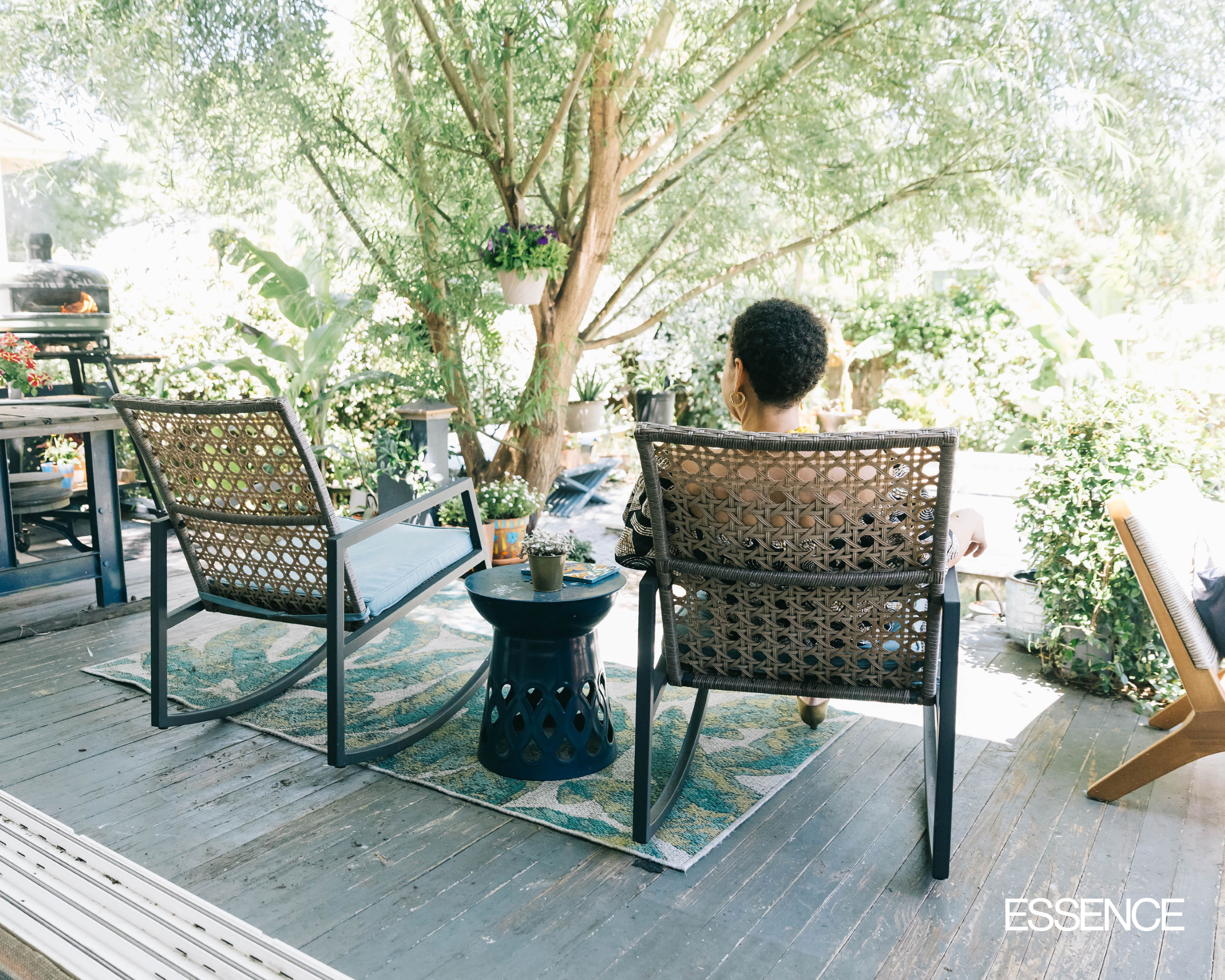
Though she loves the home she’s created in the Big Easy, for Compton all roads still lead back to the Caribbean one day. “People laugh, but listen—time goes quickly, and before you know it you’re 50 and like, What’s my plan?” she says. “After twenty-something years, I just want to make sure I am able to build that road back home.”
The ESSENCE Festival of Culture™ presented by Coca-Cola® will take place July 4-7. For more information and updates on the festival, visit our website and follow us on social media @ESSENCEFest on X, Facebook, and Instagram.